 by K.A. Slayton, Sr.
by K.A. Slayton, Sr.
The old adage “sometimes it’s hard to see the forest for the trees” is what came to mind while watching a recently released video by a local Republican candidate running for state-wide office here in Maryland. In the video the candidate walks at a rather hurried pace through one of Baltimore’s more challenged neighborhoods. Her pace suggests a lot to a seasoned eye. With each frame she points out the obvious abandonment prevalent in any impoverished community in the United States.
In my opinion this is simply another predictable attempt by conservatives to land another knee on the neck of already suffering people. The decay and need for restoration in urban communities is easily identifiable. What has been the problem though is the process of restoration, not so easily arrived at by those who eagerly point the finger.
What’s even more disappointing is the reality that those who call this community home is that they too struggle to see the forest. The reality of seeing doom and devastation all around you is overwhelming to the senses. If you live in urban America you have become accustomed to seeing what the Bible would refer to as dry bones. In many instances it’s hard to believe that anybody could actually live under these conditions. But they do. Families pressing through the pollution and fog of lowered expectations and poor public policy.
As a preacher of the Gospel I reference the story told in the book of Ezekiel because it seems to come to the writer, almost in a state of shock. So disturbed was Ezekiel, it says, that he was made to literally sit down amidst the bones. Communities such as our’s in Baltimore are often fodder for scavenger politicians who have never really taken the time to stop and see what may be the cause of what they see. No….they’d much rather walk by in 8 inch high heel shoes or speed through and point fingers.
I would suggest that anyone seeking to serve such communities as ours take a lesson from the story of the “valley of dry bones.” As told in the story, Ezekiel was placed in the valley among dry bones. He is literally made to sit in the place where some major catastrophe has occurred and the only remnants are the discarded carcasses of war. American cities like Baltimore have been through a war on poverty and crime that has consumed far too many of its brightest lights. I’d imagine that when Ezekiel arrived the area was extremely quiet. Only the possible sounds of the wind sweeping over land. There must have been evidence that on these remains the fowl of the air had feasted and the wild beast had fed. They were just a pile of dry bones.
But then the question is asked, a question, I believe, that we should all take into consideration. A question that requires a sincere capacity to hope audaciously…..Can these bones live? In my opinion that is the underlying theme being raised by the Black Lives Movement to the entire world. Can these Black Lives Live?
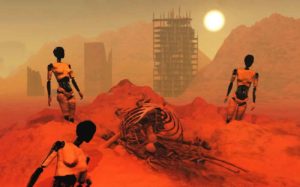
Although the task before us seems impossible, it really is not. What do you say when everything around you seems to be lifeless? What do you say when you drive down North Avenue at noon day during the middle of the week and corner after corner all you see are bones just wasting away? What do you say when you look into the eyes of 17 and 18 year old children standing on the final stair of the graduation stage and realize that they can’t read? What do you say when you ride through a community and there are more abandoned homes than there are people on the street? What do you say when restoring life seems almost impossible.
Well, why not try what worked in the biblical text. The first thing you need to do, before you reach such a bleak conclusion, is to first put yourself in that place. The problem with America today is that too many intelligent people are making ill informed conclusions. Too many are writing prescriptions and offering diagnosis without having ever taken the time to “sit down” in the valley. We ride by the valley. We read about the valley in the local paper or we hear about the valley conditions on the news and we conclude that the situation is hopeless. But have you sat down in the midst of the dry bones.
I believe the text is so relevant today, because as many have responded after having surveying the conditions of black folk in impoverished communities that all hope is lost. The condition for many of our people is not a hopeless or a lost cause. Although the skeletons of a hopeful people may be dislocated and scattered, at least they are here. The same bones that one sees in Detroit are the same bones identifiable in Chicago, Trenton, NJ, Los Angeles, Atlanta, and Baltimore. That’s why we need leaders like the late Elijah Cummings and now Kweisi Mfume who know that only if these bones were restored things could be different. If only given decent healthcare and education they would not look the same way. If provided affordable housing and safety their futures would be more hopeful. And then they too could be a formidable army to recon with.
Hmmmm…..Maybe that’s why the right spends so much effort trying to disenfranchise these black and brown bones. The idea of such a resurrection of the dead on such a vast scale would only advance the revelation of what real power could look like. Maybe the notion lifted by Public Enemy in the early 90’s is spot on. There is real Fear of a Black Planet.
When you take the time to sit amongst the bones you can begin to envision what could be. But I encourage us all to not overlook one primary reality of the bones. The bones were not buried. The fact that they are still among us is extremely encouraging, while to some may seem sad, but I see it as the presence of hope.
As a resident who lives in the Barclay community (just off of North Avenue) I can point to numerous neighbors and friends that are living testimonies of overcoming impossible conditions. They are the living testimonies that life can be birthed and thrive even under difficult conditions. But who knew that all you had to do was “speak” to them. Which brings me to my last and final point on this matter.
The final instruction in the story given to Ezekiel was that he should “speak life” over the decay. I’ve come to learn that Words Matter. The late Dr. Anne O. Emery often reminded me of that fact. But also how you say it will matter. So many of the next generation of black children will never make it because the folk around them never speak life into them. We only speak death and destruction over their lives.
What Ezekiel does is speaks life into a dead situation. And the story says that the bones came together, even though they appeared to be lifeless. I am convinced that the moral and spiritual change that is required to overcome this current struggle with lowered expectations is the ultimate work of coming together in the spirit of unity.
All the money in the world is not enough to change the soul of a community. Money is not enough to make you love your neighbor. It’s not sufficient enough to make you do justice in the face of injustice. If there’s going to be a resurrection in the life of our communities or our politics, for that matter, there has got to be a renewed spirit of unity. A spirit that allows us to see the beauty in us. Not just the bad in us. That’s what I think annoyed me most about this political piece is that it sought to politically capitalize on the suffering of people who look just like the candidate.
To the candidate I would simply say that you should learn to see the beauty within the forest despite the trees and broken limbs that hang around blocking the view and stunting the possibility of new growth. If you can’t see them, then maybe it’s because you’re the tree blocking the view. So get out of the way and make room for the light to shine in.


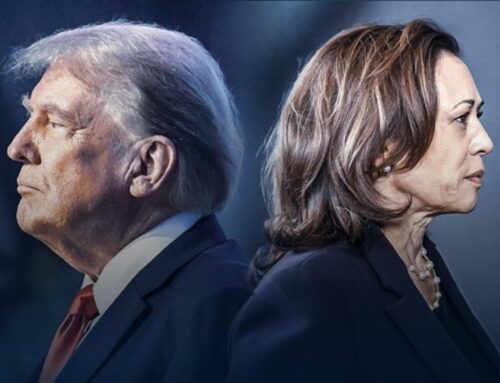
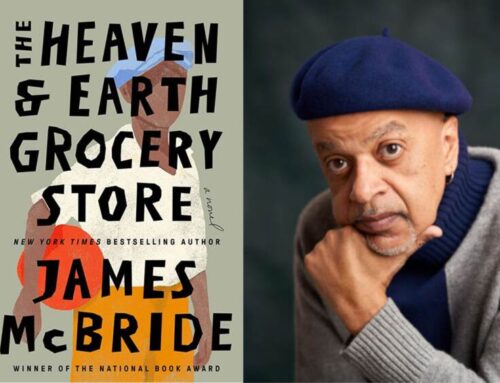
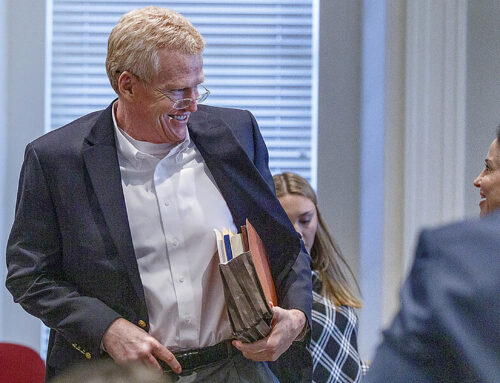
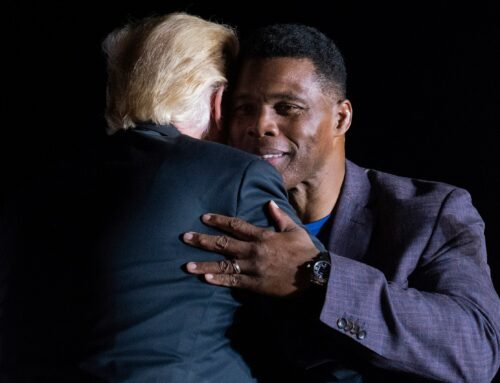
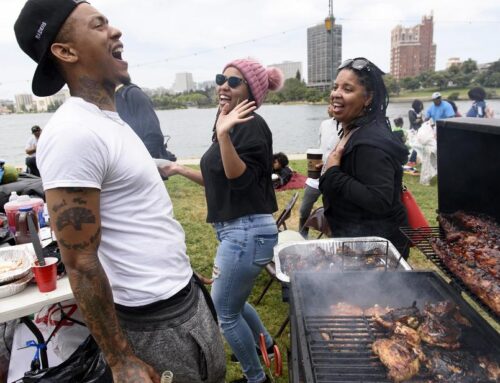
I am VOTING for Congressman Mfume! He lives in the district unlike Kimberly.